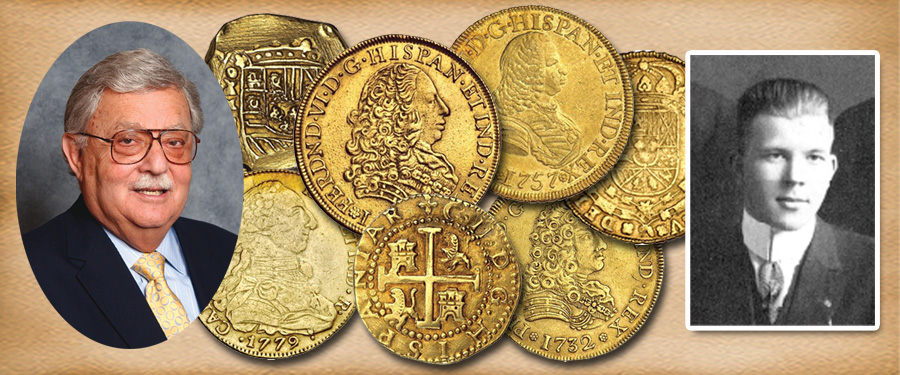
In
my last article I discussed how the problem of counterfeit gold coins and the
government’s attempts to deal with this problem affected the coin market and
Stack’s business. As noted earlier, the government set up the Office of Gold & Silver Operations (OGSO)
The
OGSO demanded that anyone importing gold coins from overseas have a license
approved by that office. Before this, prior to 1961, gold coins did not need to
be licensed for importation. The paperwork required by this regulation was so
complicated that it became almost impossible to buy from other countries. No
rules for entry were given to the public and no time was stated for imports to
get licensed. You never knew if a license would be approved and if it wasn’t
taken care of ahead of time, you risked the imported items being stopped upon
entering the United States and either held or returned to the sender.
So
American collectors stopped buying from overseas and the market got smaller.
The gold coins already in America went up in price because there was a lack of
supply. It became difficult for dealers like Stack’s to serve clients who
required coins that could only be found outside of the United States. Without
our sources among overseas dealers and collectors, as well as some important
auctions held there, the acquisition of coins for the J.K. Lilly Collection
slowed somewhat.
Therefore,
it was fortunate that Stack’s had built a good number of specialized
collections within the United States. As some of these became available we were
able to continue to build the J.K. Lilly Collection. We also traveled
extensively to conventions and other venues to find what we could domestically.
In addition, the firm’s close contacts with dealers here in America, and
auctions conducted by us and other firms, meant that we could find enough
supply to keep the J.K. Lilly growing.
From
1960 to 1966 Stack’s was able to expand the Pioneer and Territorial gold
collection, the Central and South American series (especially some doubloons,
and smaller denominations of Spanish American coinage), as well as add ducat
and multiple ducat coins from the Renaissance period, coins of the Near East
and Far East, and some of the counterstamped coins used in early Caribbean
trading.
Despite
the difficulties that resulted from the regulations of the early 1960s, Stack’s
commitment to serving their clients was strong and the firm was able to build
Mr. Lilly’s collection, even in this difficult environment.





